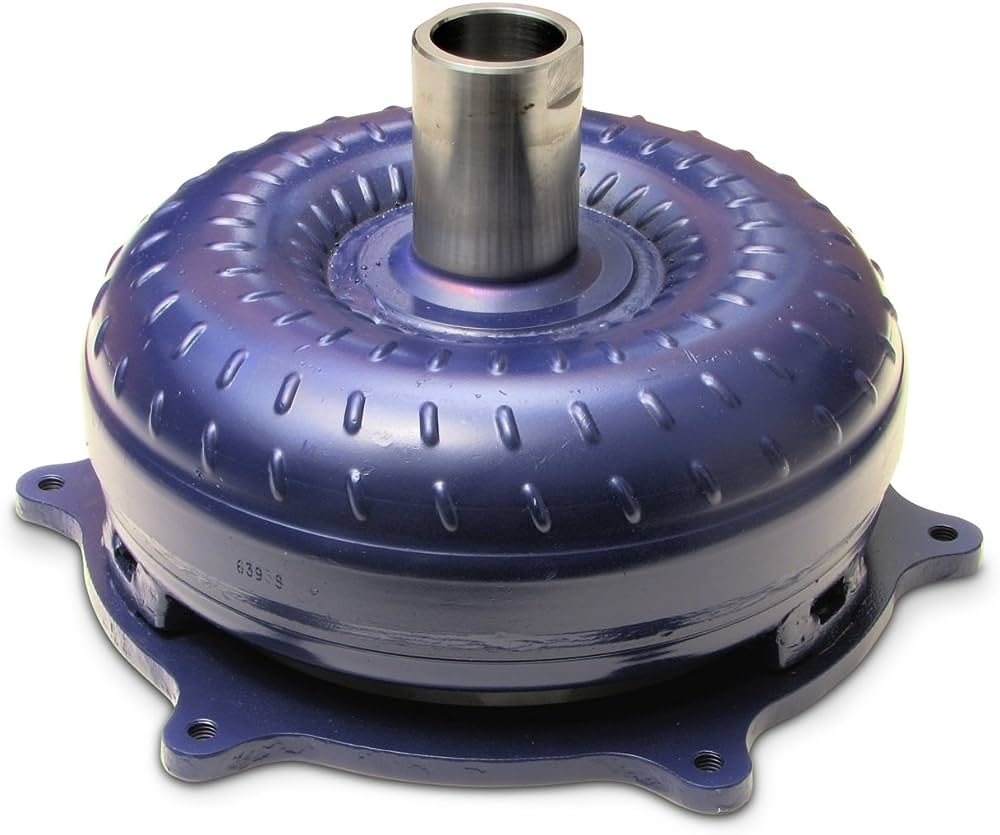If you’re a fan of muscle cars and high-performance vehicles, you’re likely familiar with 4L80E torque converters. These powerful components are designed to transfer power from the engine to the transmission, and can play a critical role in the performance and responsiveness of your vehicle. However, if you’re new to the world of torque converters, it’s easy to get overwhelmed by all the jargon and technical specifications. In this post, we’ll break down the basics of 4l80e torque converter and help you understand everything you need to know to make an informed decision for your vehicle.
- Understanding the Basics: A torque converter is a hydraulic coupling that allows the engine to spin independently of the transmission before gradually engaging with it. In the case of the 4L80E, this torque converter is designed to handle the intense heat and power generated by high-performance engines, and is a popular choice for drag racers and other high-intensity driving applications. Understanding the inner workings of a torque converter can help you better understand how it impacts your vehicle’s performance.
- The Importance of Choosing the Right Converter: Not all 4L80E converters are created equal. In fact, choosing the wrong torque converter can lead to a host of performance issues, including poor acceleration, sluggish shifting, and higher-than-normal engine temperatures. It’s critical that you choose the correct converter for your specific vehicle, taking into account engine size, RPM range, and other key factors.
- The Role of Stall Speed: Stall speed is the RPM at which the engine begins to overtake the torque converter and cause it to engage. In general, a higher stall speed means you’ll have better off-the-line acceleration, but you’ll also experience more slippage and higher temperatures. As a result, it’s important to choose a stall speed that matches your vehicle’s specific needs and driving conditions.
- Understanding Torque Converter Lockup: In some applications, the torque converter will lock up at higher speeds, allowing the engine to directly transfer power to the transmission without any slippage. This can improve fuel efficiency and reduce wear and tear on internal components, but it’s not always ideal for high-performance applications. Make sure you understand how lockup functions on your torque converter and whether it’s a good fit for your vehicle’s needs.
- Investing in Quality: When it comes to 4L80E torque converters, quality matters. Cheap or poorly-made converters may save you money in the short-term, but they’re likely to fail prematurely and cause more problems down the road. Investing in a high-quality torque converter from a trusted manufacturer is the best way to ensure that your vehicle performs at its best, while also minimizing the risk of costly repairs or replacements.
At the end of the day, the 4L80E torque converter plays a crucial role in the performance and functionality of your vehicle. By understanding the basics of how these components work and what to look for when choosing a converter, you can make an informed decision that will help you get the most out of your high-performance vehicle. Whether you’re a seasoned racer or just starting to get into the world of muscle cars, taking the time to understand torque converters and their impact on your vehicle is well worth the investment.




